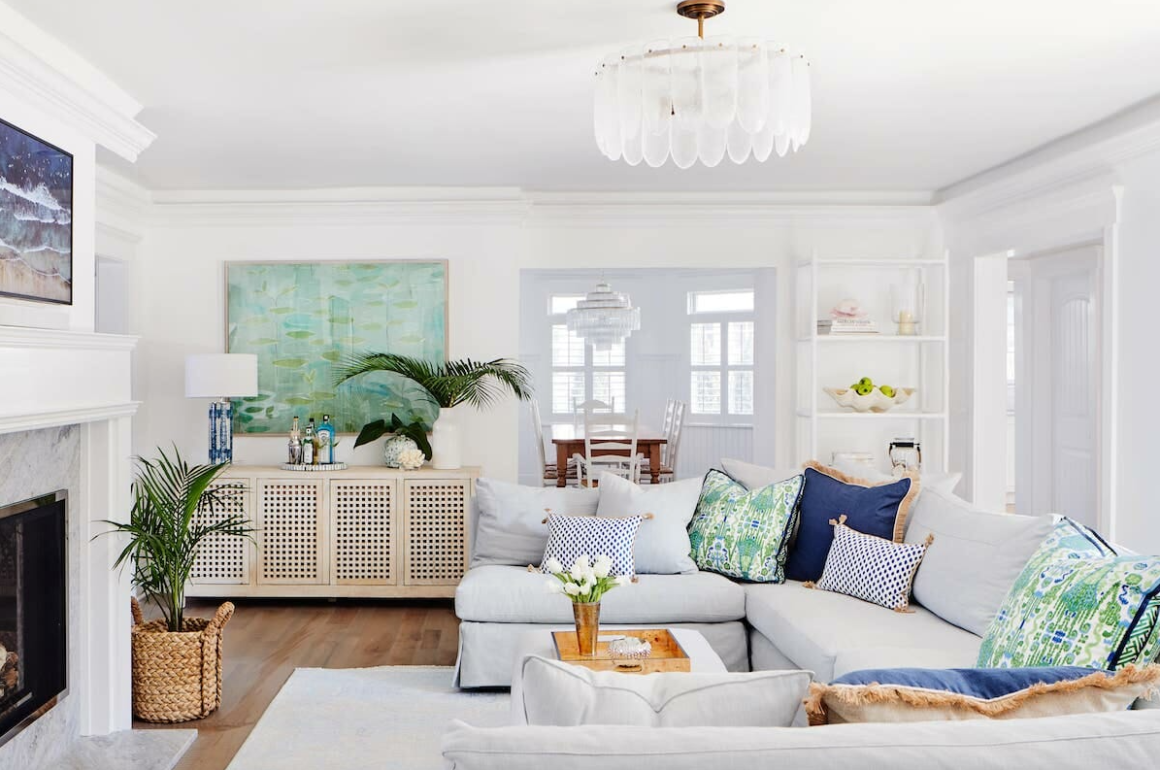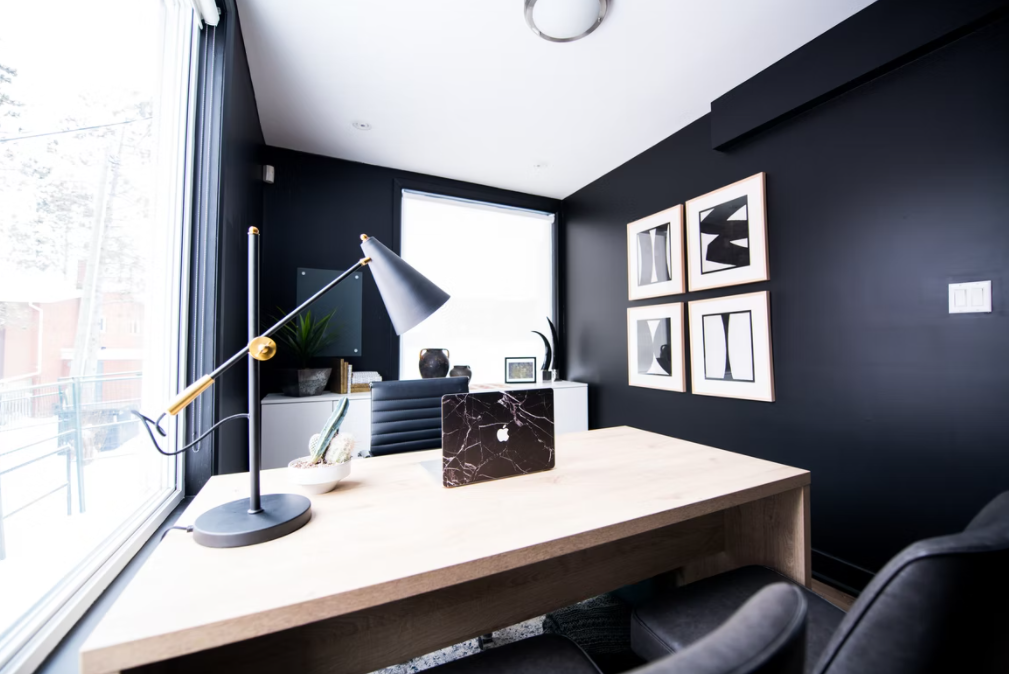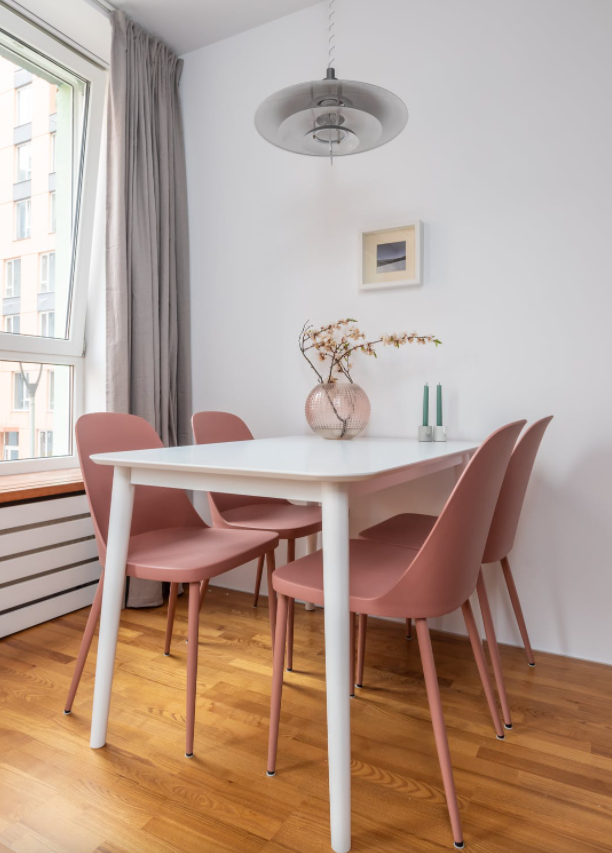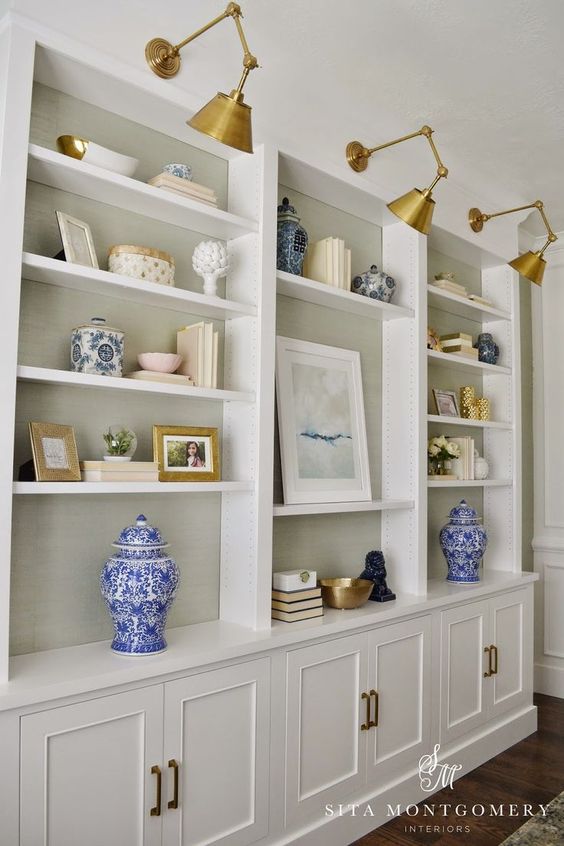8 Do’s and Don’ts When Hanging Wall Art

One of the easiest ways to infuse personality and style into your living space is to hang wall art!

Indeed, thoughtfully chosen and carefully arranged artwork can add visual interest and depth to your walls while also reflecting your individual taste and aesthetic preferences.
However, achieving the perfect display requires more than simply hanging a few pictures. It should also involve careful consideration of several factors, such as scale, proportion, and placement. Additionally, you must consider the type of wall where you’ll hang your art, along with the mounting hardware you’ll use.
Whether you plan to create a gallery wall or highlight a single piece of artwork, explore these essential do’s and don’ts for hanging wall art to help you create stunning arrangements that enhance your space.
Do’s When Hanging Wall Art
1. Measure and Plan
The planning stage is crucial for creating a cohesive and well-balanced display of wall art. So before hammering any nails, take precise measurements of both your wall space and the artworks. This ensures that your pieces will fit perfectly and can be positioned correctly. Consider using mockups or templates to visualise how the artwork will look on the wall before making any permanent decisions.
2. Consider Eye Level
The ideal height for hanging artwork is at eye level, which is typically around 57 to 60 inches from the floor to the centre of the artwork. Still, you may need to make adjustments depending on the room and seating arrangement to ensure optimal viewing angles. You also need to take into account the height of furniture and other objects in the room to ensure that the artwork remains the focal point in the space without it feeling too high or too low to look at.
3. Create Balance and Harmony
If you want to create a gallery wall, strive to achieve balance in your wall art. Whether you opt for symmetrical or asymmetrical arrangements, aim for visual harmony that complements the overall decor of the room. You can play with different layouts and arrangements, as well as mix different sizes, shapes, and styles of art, to find the most visually appealing configuration.
Additionally, consider the colour palette, theme, and mood of the space when selecting and arranging your artwork. This is crucial to create a cohesive and unified look. You can also group pieces with similar subject matters to make more meaningful displays.

4. Mix and Match
For visual interest in your gallery wall, feel free to mix and match various art styles and mediums. Try combining paintings, photographs, prints, and other decorative elements to create a diverse and engaging display. Mixing different types of artwork also adds depth, allowing you to showcase your personal style and interests.
Don’ts When Hanging Wall Art:
1. Don’t Eyeball It
One thing you need to avoid when hanging wall art is the temptation to eyeball the placement of your artwork, as this often leads to uneven and unbalanced displays. Instead, use tools like levels and measuring tapes to ensure precise positioning. Take your time to measure and plan the layout of your artwork before making any holes in the wall to avoid costly mistakes and unnecessary damage.
2. Avoid Clutter
While it may be tempting to display your entire artwork collection, resist the urge to overcrowd your walls with too many pieces. Leave adequate space between each piece to allow them to shine individually and prevent the display from feeling cluttered. Also, consider the size and scale of your artwork in relation to the wall space available. This way, you can avoid overwhelming the room with too much visual information.

3. Neglect Lighting
Lighting can impact how artworks can look, as well as their longevity, so consider both natural and artificial lighting sources when you hang wall art. For instance, position pieces away from direct sunlight to prevent colours from fading, and use lighting fixtures strategically to highlight your favourite pieces without creating glare or shadows.
4. Ignore Wall Type
Apart from lighting, the material your walls are made of is also a factor to consider when hanging wall art. Different wall materials like plaster, brick, or drywall require different hanging methods, so make sure to use appropriate hardware and anchors. Take into account the weight and size of your artwork when selecting hanging hardware, too, so as to ensure that it can support the piece without causing damage to the wall.
With careful planning and attention to detail, you can create a stunning and visually engaging environment that reflects your unique personality and style. By following these essential do’s and don’ts, you can become a master of hanging wall art and transform your living space into a personal gallery. Aside from the recommendations mentioned here, don’t be afraid to experiment. Most importantly, have fun and let your creativity shine as you curate the perfect display for your home.








